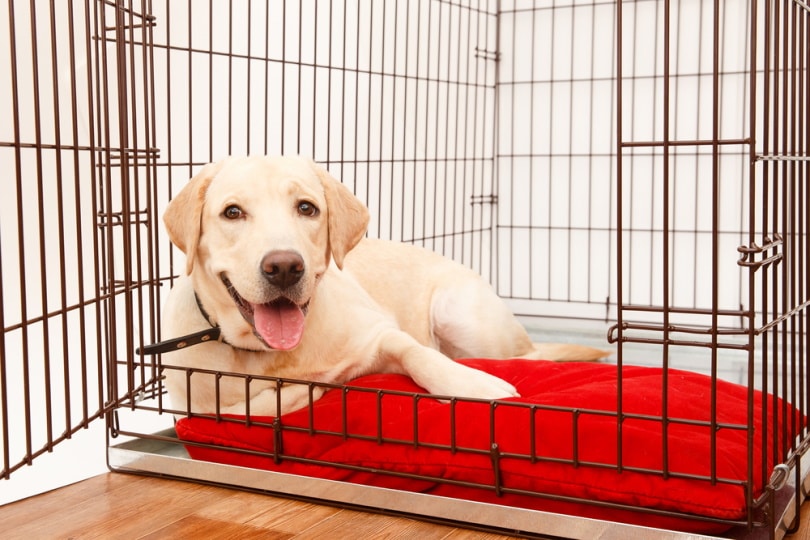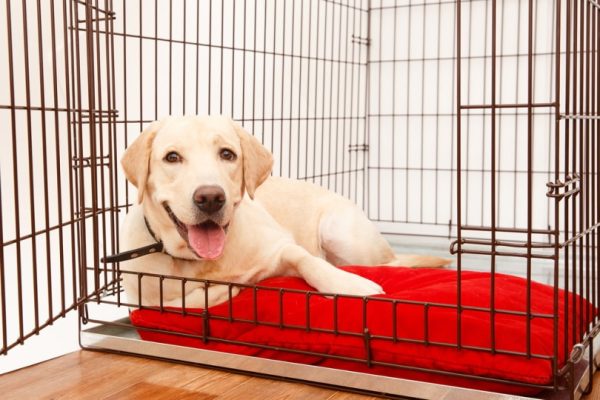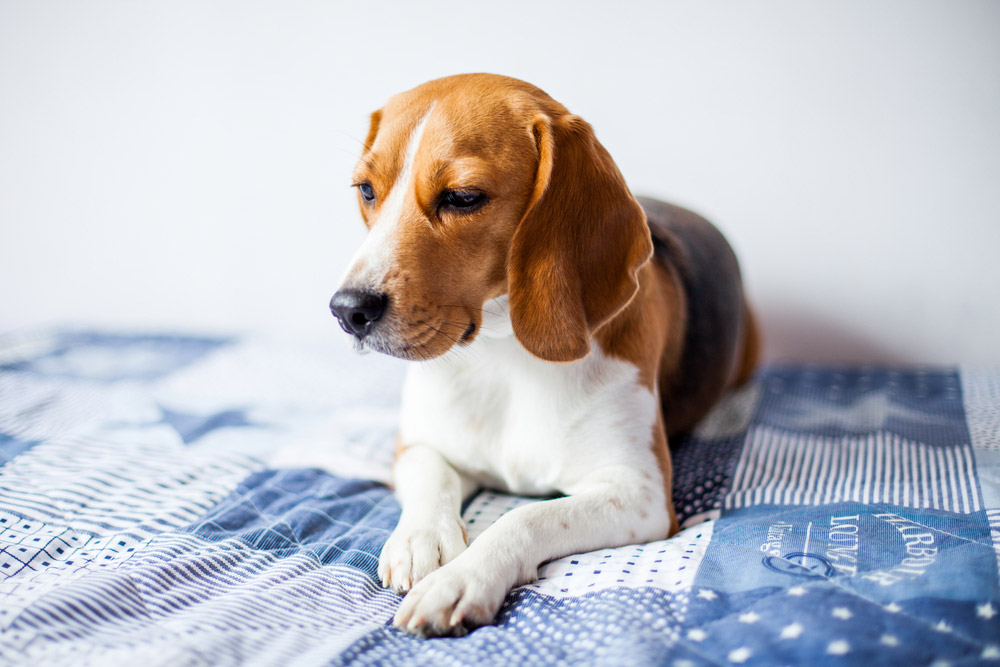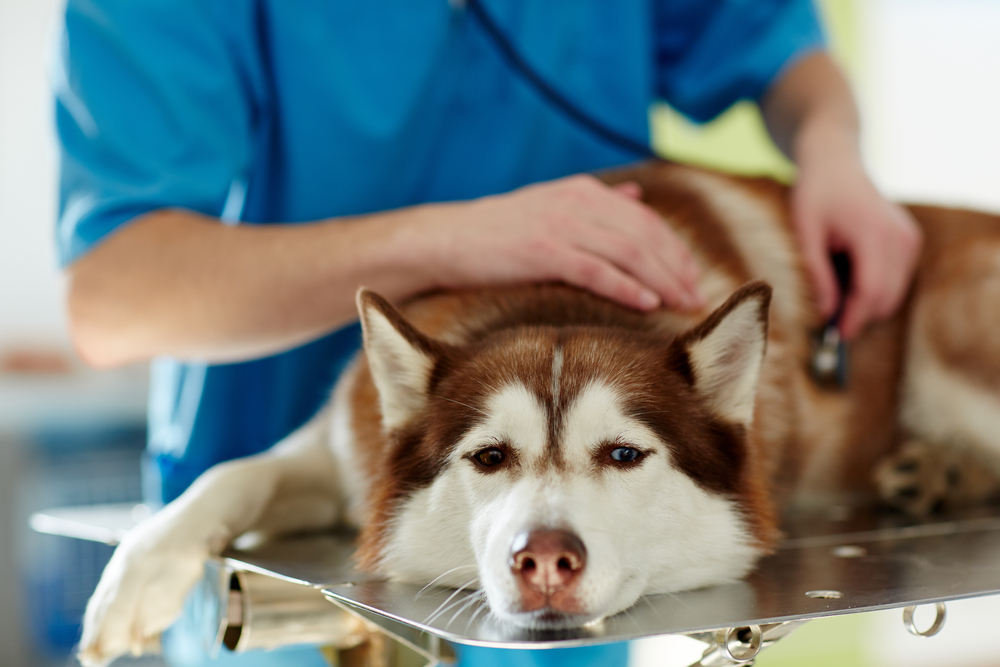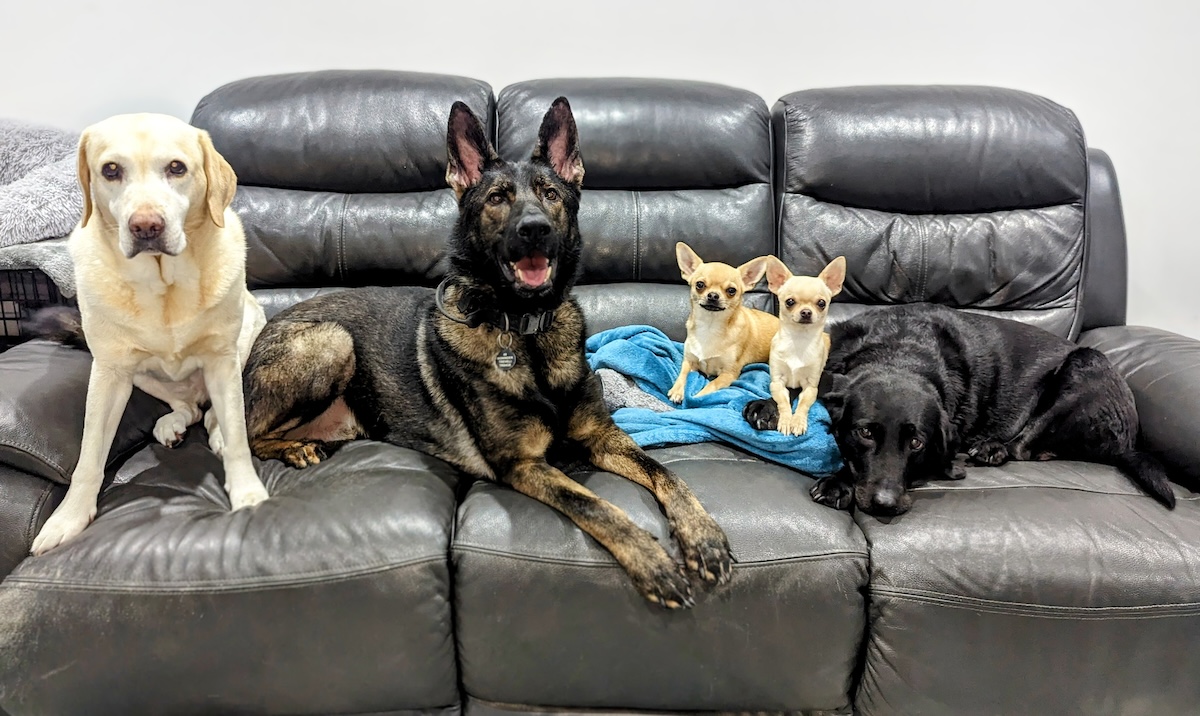Crates can be useful when training your dog. Every dog owner has different preferences, but what about the dogs themselves? Do they like crates? Would they prefer not to have one? It’s impossible to know what each individual dog would want, but there are several benefits to using a crate for your dog. Crates can give dogs places to rest and relax, recover from illnesses or surgeries, and feel protected from unruly toddlers or thunderstorms. They are also valuable tools for housetraining puppies.
In this article, we look at why dogs might like crates and why some may not. What your dog prefers will be based on their unique personality. However, with positive crate training methods, your dog can learn to love their crate and choose to be in it whenever they want time to themselves.
Why Dogs Like Crates
Dogs instinctively try to find small spaces to hide if they feel overwhelmed or nervous. Anyone with a dog that hides in the closet during a thunderstorm can tell you that. When a crate is introduced appropriately to your dog and used positively, it can provide a feeling of safety and security. They can view their crate as their own sanctuary.
Some people say dogs are den animals and want a small place to retreat whenever they feel stressed or want to relax. You may notice your dog sleeping between the back of the couch and the wall or under a table.
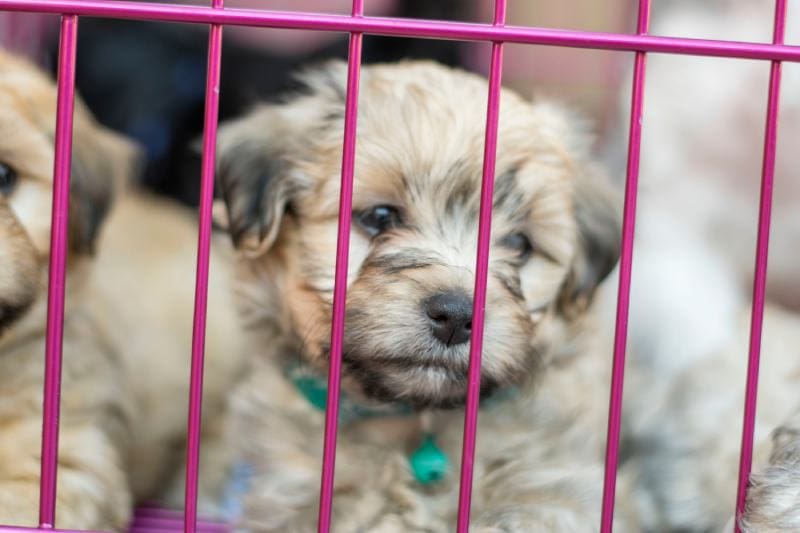
Why Dogs Dislike Crates
Some dogs feel anxious if they’re locked in a crate. This could just be due to their personality, but other times, the crate is being used in the wrong manner. The crate should always be a positive experience for your dog. They should never be forced into the crate as punishment for bad behavior. This will make the dog associate the crate with negative feelings and eventually fear it.
There is also the argument that dogs are not, in fact, den animals and don’t want to be locked in crates at all. Wild dogs live in the open and don’t huddle in caves. Regardless, dogs should not spend most of their day inside a crate. When you are home, your dog would prefer to be with you.
Spending long hours inside a crate can lead to depression and sadness in your dog, which isn’t ideal for any social animal. The dog won’t get enough exercise or interaction, leading to behavioral and possibly health problems.
What Do Dogs Prefer?
This depends on your dog’s personality and how they view the crate. If the crate is introduced to your dog positively, they will associate it with positive feelings. Ideally, your dog will prefer to use the crate when they want to. Leaving the crate door open so they can retreat to it when they choose and come out again when they want to is ideal. They’ll be using the crate as an actual den.
If your dog has destructive habits or isn’t fully housetrained, leaving them out of the crate when you’re not home may not be possible. In that case, make the crate as inviting as possible. Keep it filled with toys, a soft bed, and a blanket. Eventually, you may be able to keep your dog in a gated room or area of the house instead. If you do that, keep the crate open in that area so the dog can use it if they want to.
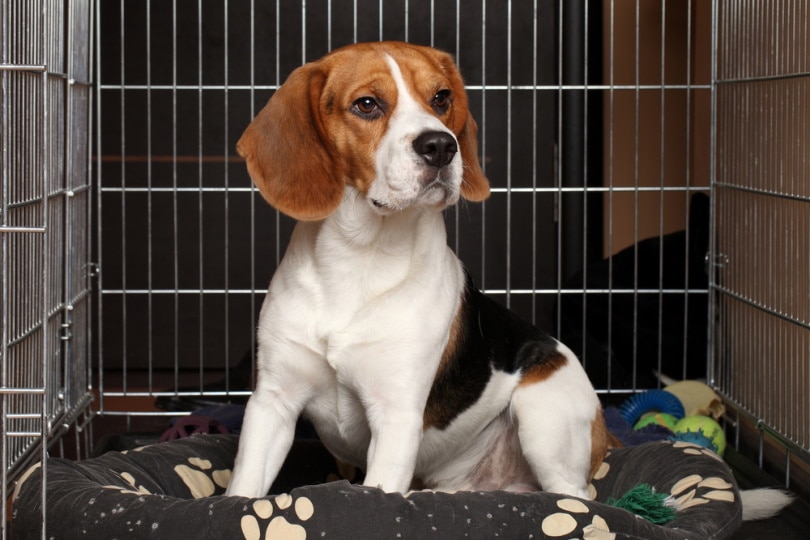
Crate Size
Your dog will enjoy their crate more if it’s the right size. Keeping a dog in a cramped space all day is a surefire way to get them to resist returning to it. The crate should be comfortable and inviting to your dog. They should be able to stand up fully inside of it without their head or ears touching the top.
They should be able to lie down without their feet getting stuck in the bars. Finally, they should be able to turn around inside the crate without hitting the walls. However, the crate cannot be too big either. If the dog has too much room, they may use one end of the crate as a bathroom and sleep at the other end.
If you’re housetraining your dog, this will set back your progress and be frustrating to remedy.
Final Thoughts
If dogs are introduced to crates properly, they can learn to love them and consider them places of rest, comfort, and safety. Many dogs enjoy being able to enter and exit their crates as they please. If you’re using a crate for training purposes, don’t leave your dog in it for long hours.
The crate should be used as a training tool only, not a place for your dog to spend most of their time. If you use the crate in a positive manner, your dog will get accustomed to it.
Featured Image Credit: Parilov, Shutterstock

